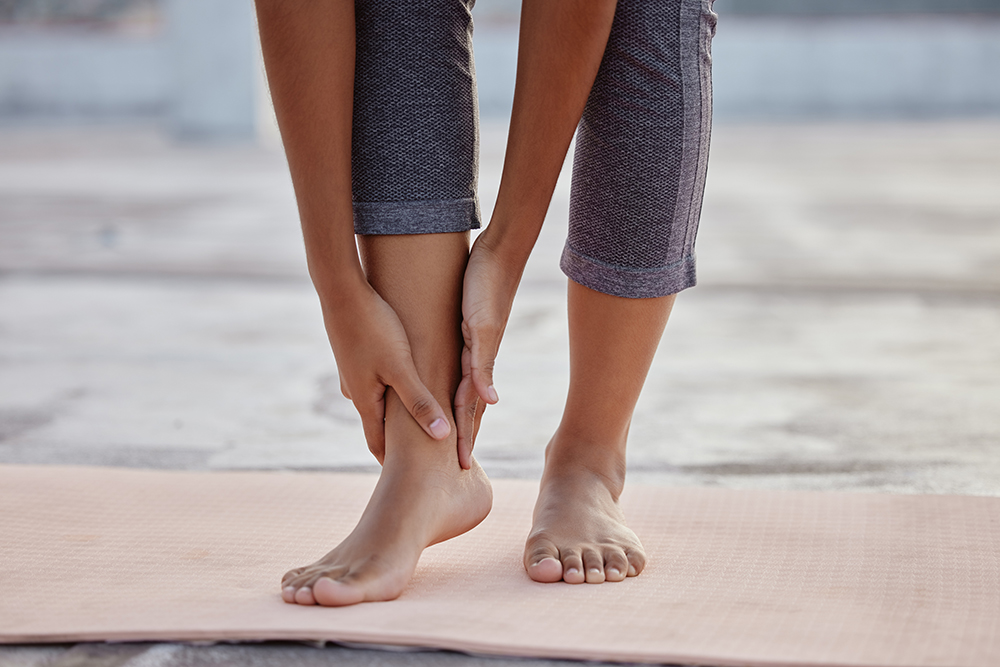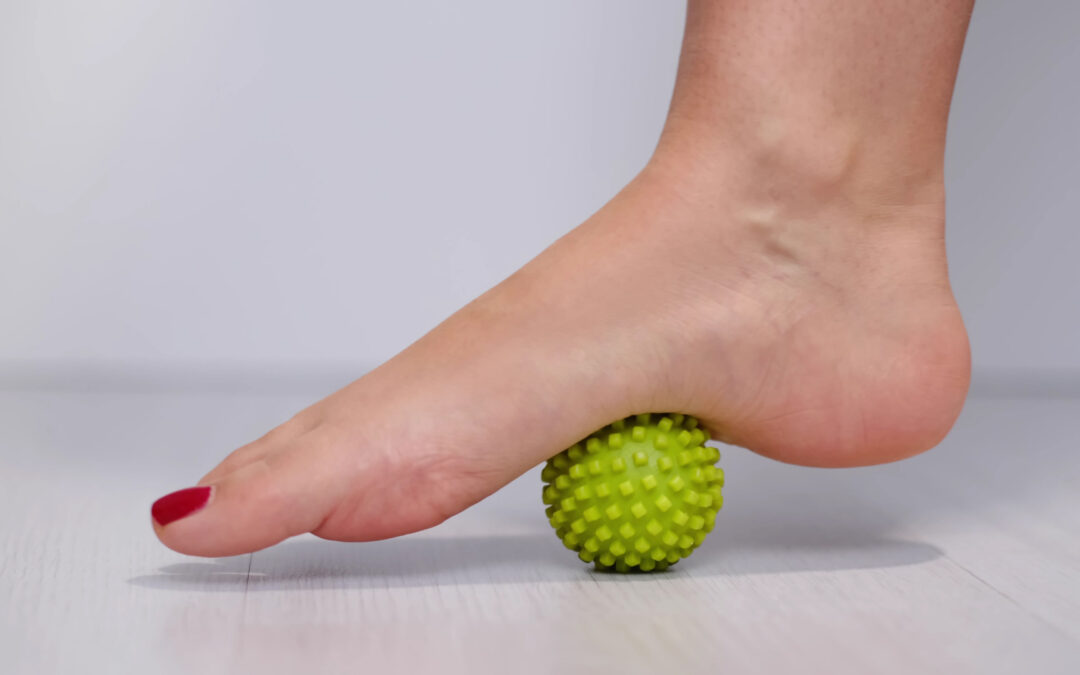Contents
Pregnancy should be an exciting time for expectant moms. However, despite regular monitoring of the mom’s and baby’s health, the feet can be forgotten. Pregnancy changes can wreak havoc on your feet and leave you in pain. Foot pain during pregnancy can be a common complaint; it affects approximately 56% of expecting mothers. Sore feet don’t have to be something you just put up with through your pregnancy. Physical therapy can be a safe and effective way to help you manage your foot pain and get you back on your feet more comfortably.
Physical therapy techniques that can help foot pain during pregnancy
A licensed physical therapist can assess your specific concerns about your foot pain. After a thorough evaluation, your physical therapist will design a personalized treatment plan. Techniques that can effectively help ease foot pain during pregnancy can include:
- Manual therapy — Your physical therapist can precisely target the problem areas in your feet to help you see better results. They will use hands-on techniques like soft tissue manipulation, joint mobilization and myofascial release to help relax tight muscles, improve flexibility and reduce pain. Soft tissue manipulation involves your physical therapist using their hands to find areas of tight or tender muscles in your calves, feet or glutes. The focused pressure applied to these areas can help break down adhesions (scar tissue) that can restrict muscle movement and contribute to pain. It can also boost circulation to promote healing and reduce inflammation. Your physical therapist may use joint mobilization to do specific, controlled movements with your ankles and feet. These movements can gently stretch and strengthen the surrounding muscles and ligaments. This helps improve their ability to support the joints, improve your range of motion and enhance your stability.
- Kinesiology taping — Kinesiology taping uses specially designed kinesiology tape to provide support to the arches, promote proper foot alignment and reduce stress on your plantar fascia. This tape is strategically placed to help lift your arches to provide additional support and reduce strain on the connective tissue on the sole of your foot, or the plantar fascia. Taping can also help improve your body’s awareness of joint positioning, or proprioception. This improvement can boost your balance and stability.
- Strengthening exercises — Your physical therapist can teach you how to do certain strengthening exercises that can target your calf muscles, foot muscles and core muscles to help improve your stability, reduce strain and improve your balance. Strengthening your calf muscles helps them be better shock absorbers and reduce the stress on the plantar fascia. This can help lessen heel pain. Exercises that target the smaller muscles in your feet can help improve your arch stability and overall foot function. Strengthening your core can help you keep proper posture and alignment. This can help take pressure off your lower back and indirectly reduce strain on your feet.
- Stretching exercises — Your physical therapist may also guide you through stretching exercises to gently stretch your calves, hamstrings and plantar fascia to help improve your flexibility and reduce pain. Tight calf muscles can pull on your heel bone, causing you pain. Stretching these muscles can help provide you with comfort. Your hamstrings connect to the back of your knee and calf. Stretching your hamstrings can help improve your overall leg flexibility and reduce stress on your feet. Plantar fascia stretches can help lengthen the tissue and reduce pain associated with plantar fasciitis.
- Night splints — Your physical therapist may recommend that you wear night splints while you sleep. These specially designed splints can help gently stretch the plantar fascia overnight.
- Orthotics — It may also be recommended that you use orthotics in your shoes. Orthotics can help provide you with additional arch support, improve foot alignment, reduce pain and improve overall foot function.
Causes of foot pain during pregnancy
There are several factors that can contribute to why you experience foot pain during pregnancy:
- Weight gain.
- Hormonal changes.
- Center of gravity shift.
- Flat feet or overpronation.
- Swelling or edema.
- Fluid retention.
- Changes in your gait.
- Plantar fasciitis.
- Inappropriate footwear.
- Prolonged standing or walking.
- Ingrown toenails.
Foot pain can happen at any stage of pregnancy, but it tends to be more common in the third trimester as the weight gain and hormone levels increase.
Other ways to relieve foot pain during pregnancy
In addition to physical therapy, you can take some self-care steps to continue to manage your pregnancy foot pain:
- Wear well-cushioned and supportive shoes.
- Elevate your feet whenever possible.
- Apply ice packs to your feet to help reduce inflammation.
- Wear compression socks to help improve circulation and reduce swelling.
- Maintain a healthy weight to help minimize stress on your feet.
- Keep your toenails trimmed and clean.
- Eat a balanced and nutritious diet and limit your salt intake.
Lattimore PT can help you find relief from foot pain during pregnancy
At Lattimore Physical Therapy, we know pregnancy foot pain can put a damper on your excitement. Our licensed physical therapists, including many with a Certification in Orthopedic Manual Physical Therapy, are well equipped to help with the unique challenges expecting mothers face. Your physical therapist will create a personalized treatment plan specifically tailored to your needs, including considering factors like your pregnancy stage, specific pain location and any preexisting conditions. We strive to provide compassionate and comprehensive care in a comfortable and supportive environment to help you find relief and make your journey toward motherhood more comfortable.
Contact our team today for more information or to schedule an initial appointment.



